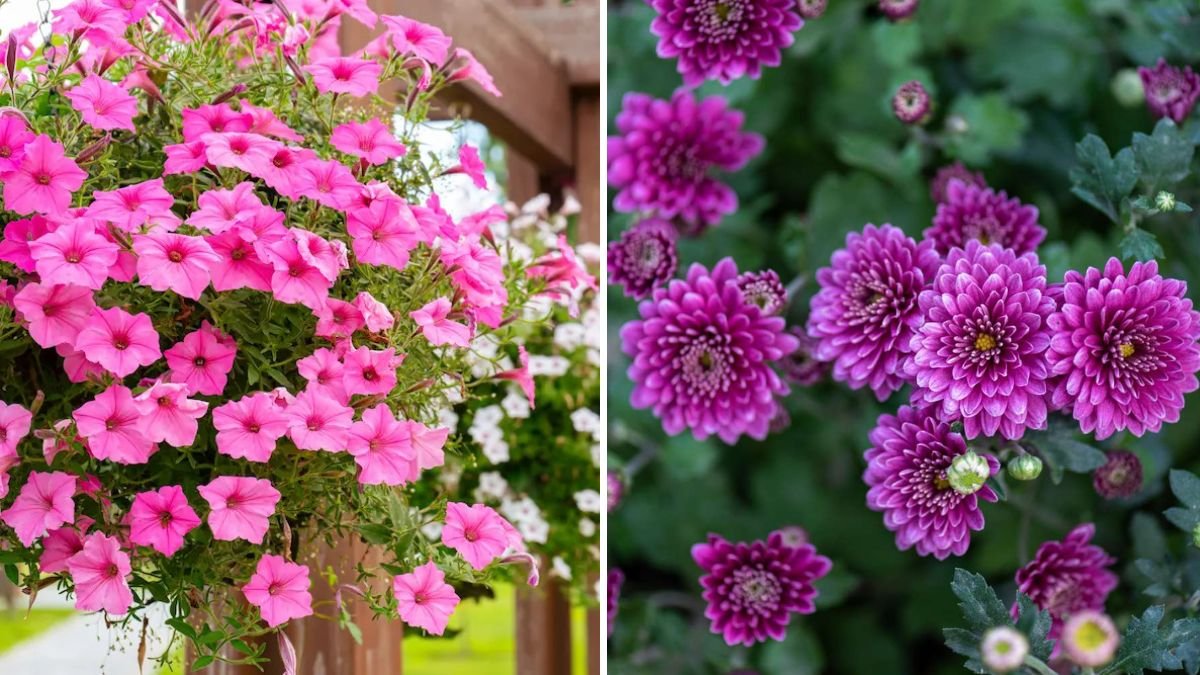Gardeners know that maintaining a healthy, thriving garden often involves battling pests. While chemical pesticides are effective, they can harm beneficial insects, pollinators, and the environment. A more sustainable approach is to use flowers that naturally repel pests. Certain plants produce scents, oils, or chemicals that deter insects and other garden nuisances. By integrating these flowers into your garden design, you can protect your plants while enhancing beauty and biodiversity.
This guide explores seven effective pest-repelling flowers, their mechanisms, planting tips, companion planting strategies, and care for natural garden protection.
1. Marigolds (Tagetes spp.)
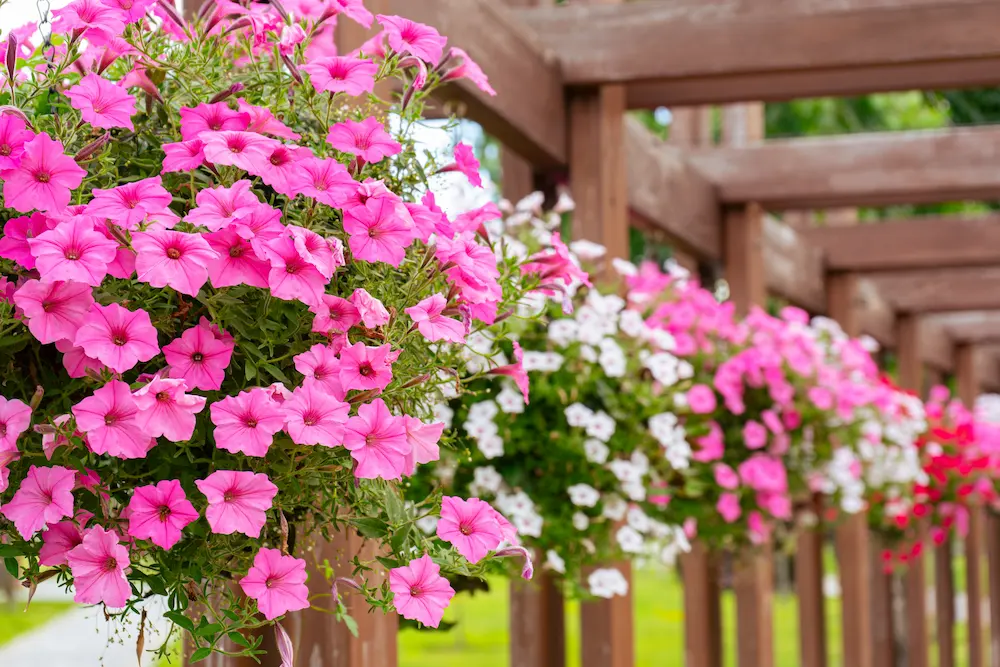
Marigolds are among the most popular pest-repelling flowers, known for their vibrant orange, yellow, and red blooms.
- Pests Repelled: Nematodes, aphids, whiteflies, and certain beetles.
- Mechanism: Marigolds produce compounds called thiophenes, which repel soil-dwelling nematodes and certain insects.
- Planting Tips:
- Plant around vegetable beds, especially tomatoes, peppers, and beans.
- Sow seeds directly outdoors after the last frost, or start indoors 6–8 weeks prior.
- Regular deadheading encourages continuous blooms.
- Companion Strategy: Interplant with tomatoes or cucumbers for both pest protection and visual appeal.
Marigolds offer color, fragrance, and functional pest control, making them a garden staple.
2. Nasturtiums (Tropaeolum majus)
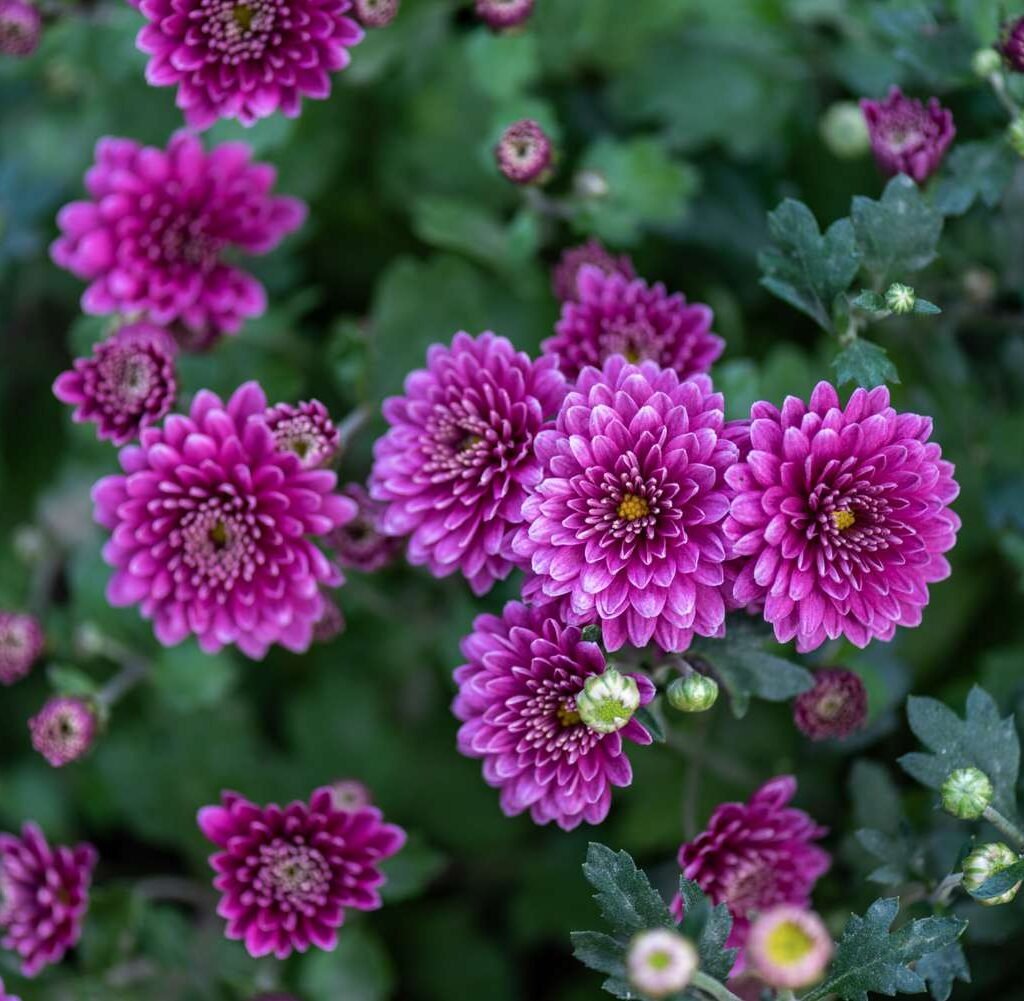
Nasturtiums are easy-to-grow flowers with bright red, yellow, or orange blooms that act as trap crops for pests.
- Pests Repelled: Aphids, whiteflies, squash bugs, and cucumber beetles.
- Mechanism: The plant attracts pests away from vegetables, reducing damage. Its leaves also contain compounds that repel some insects.
- Planting Tips:
- Sow seeds directly in the garden after frost, spacing plants 10–12 inches apart.
- Ideal for edges of vegetable beds or containers.
- Provide moderate watering and full sun.
- Companion Strategy: Plant near cucumbers, squash, and brassicas to protect them naturally.
Nasturtiums are edible, decorative, and serve as both a deterrent and a trap, providing multifunctional benefits.
3. Lavender (Lavandula spp.)
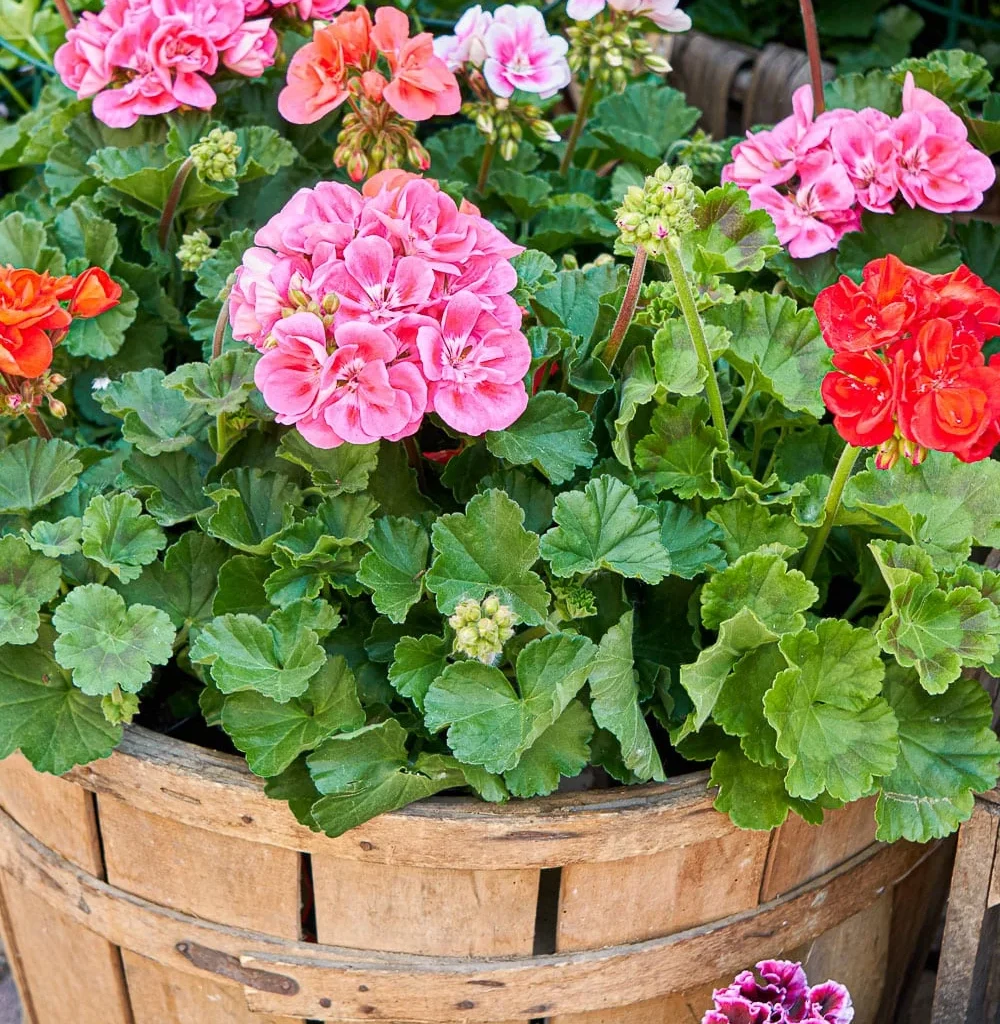
Lavender is not only fragrant but also a natural insect deterrent, making it ideal for ornamental and functional gardening.
- Pests Repelled: Moths, fleas, flies, and mosquitoes.
- Mechanism: The essential oils in lavender emit a strong scent that confuses or repels many insects.
- Planting Tips:
- Prefer full sun and well-draining soil.
- Prune annually to maintain bushy growth and prevent woody stems.
- Drought-tolerant once established.
- Companion Strategy: Plant near roses, tomatoes, or in herb gardens to repel pests and attract pollinators.
Lavender adds fragrance, texture, and pest protection, enhancing both aesthetic and functional garden value.
4. Chrysanthemums (Chrysanthemum spp.)
Chrysanthemums, or mums, are classic flowers with natural insecticidal properties.
- Pests Repelled: Aphids, mites, ants, Japanese beetles, and other common insects.
- Mechanism: They contain pyrethrins, a compound used in natural insecticides.
- Planting Tips:
- Plant in well-draining soil with full sun.
- Water at the base to prevent fungal diseases on foliage.
- Deadhead spent blooms to encourage new flowers.
- Companion Strategy: Place chrysanthemums near vegetable beds or flower borders to reduce pest activity.
Chrysanthemums offer beauty and functional pest control, ideal for mixed flower and vegetable gardens.
5. Petunias (Petunia spp.)
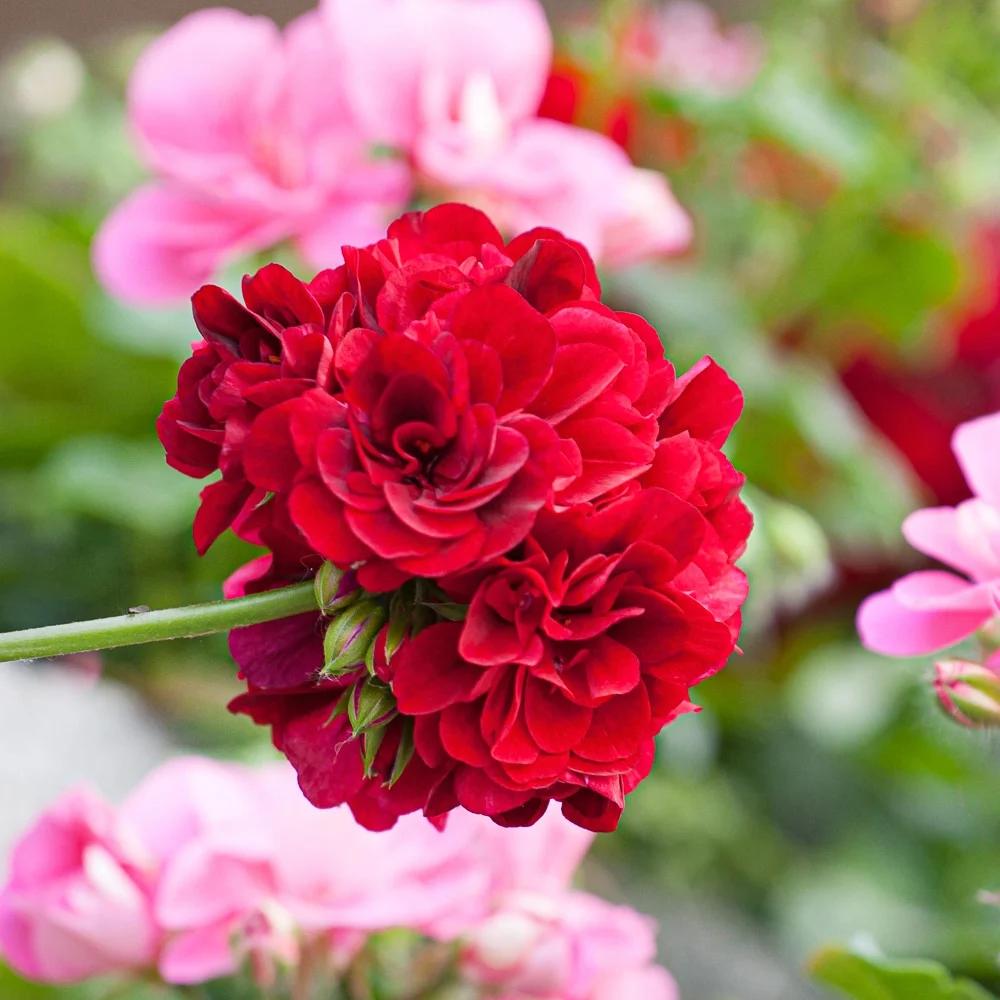
Petunias are bright, easy-to-grow annuals that deter several garden pests naturally.
- Pests Repelled: Aphids, tomato hornworms, leafhoppers, and certain caterpillars.
- Mechanism: The scent of petunias acts as a natural deterrent to many common garden insects.
- Planting Tips:
- Sow seeds indoors 8–10 weeks before the last frost or plant transplants outside.
- Prefer full sun and fertile, well-draining soil.
- Regular deadheading encourages continuous blooms.
- Companion Strategy: Plant near tomatoes, peppers, or herbs to reduce pest pressure.
Petunias combine ornamental appeal with practical pest management, making them versatile garden additions.
6. Basil Flowers (Ocimum basilicum)
Basil is well-known as an aromatic herb, but its flowers and leaves also repel various garden pests.
- Pests Repelled: Mosquitoes, flies, aphids, and tomato hornworms.
- Mechanism: The strong scent of basil masks the odor of nearby plants, confusing pests.
- Planting Tips:
- Sow seeds indoors 6–8 weeks before frost or direct sow in warm soil.
- Provide full sun and consistent watering.
- Pinch back flowering tips to prolong leaf production.
- Companion Strategy: Plant near tomatoes, peppers, or garden herbs to naturally reduce pest infestations.
Basil adds culinary value, fragrance, and natural pest control, making it a multifunctional garden plant.
7. Calendula (Calendula officinalis)
Calendula, or pot marigold, is a cheerful, hardy flower with multiple pest-repelling benefits.
- Pests Repelled: Aphids, whiteflies, nematodes, and certain beetles.
- Mechanism: Calendula releases compounds that repel insects and attracts beneficial predators like ladybugs.
- Planting Tips:
- Sow seeds directly in the garden after frost or start indoors 4–6 weeks early.
- Prefers full sun and well-draining soil.
- Deadhead regularly to encourage continuous blooms.
- Companion Strategy: Plant near vegetables such as carrots, tomatoes, or cucumbers to protect them naturally.
Calendula provides edible flowers, visual charm, and ecological pest control, making it ideal for integrated garden design.
Step 8: Companion Planting for Maximum Protection
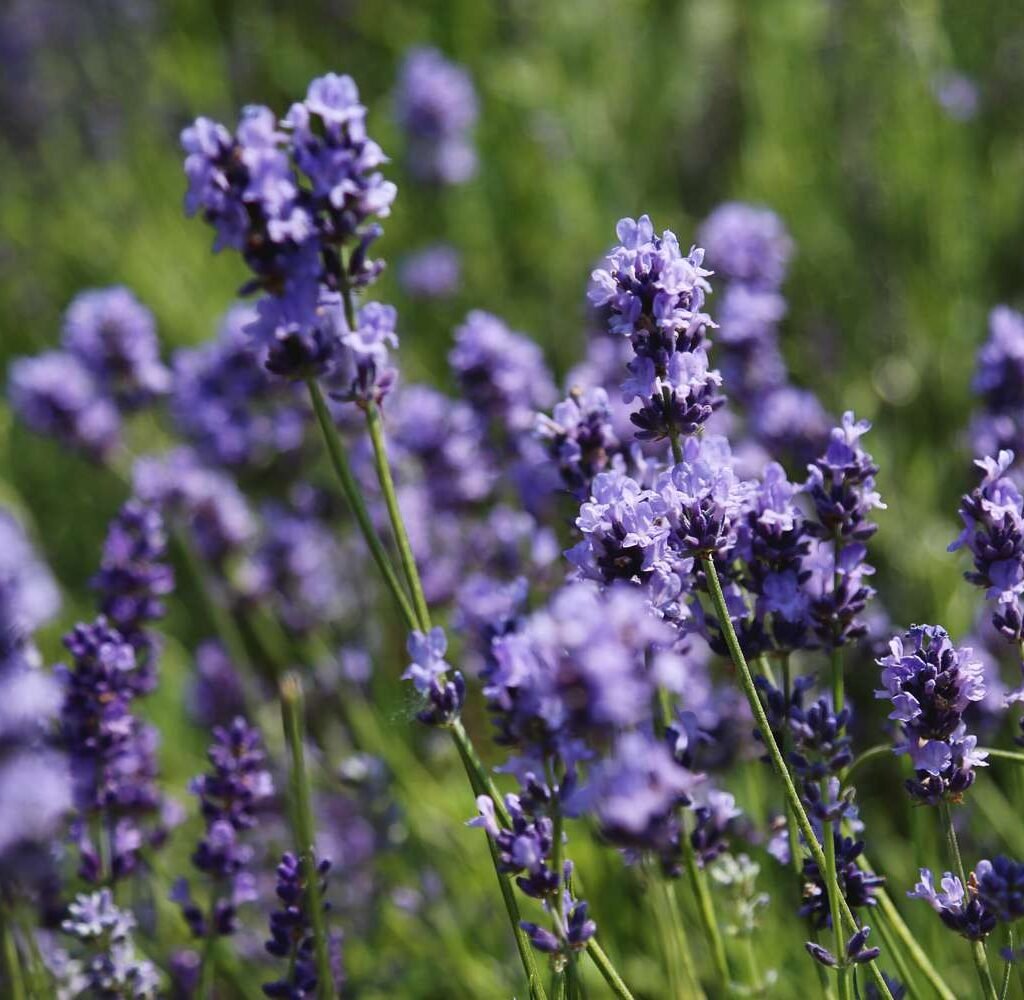
Using pest-repelling flowers strategically enhances their effectiveness:
- Border Planting: Place pest-repelling flowers around vegetable beds to create a natural barrier.
- Interplanting: Mix flowers among vegetables to confuse pests and attract beneficial insects.
- Layering Heights: Use taller flowers like chrysanthemums or lavender at the back and shorter flowers like calendula or nasturtiums at the front.
- Continuous Blooms: Plant combinations with staggered bloom times for year-round pest protection.
Companion planting creates a harmonious, pest-resistant ecosystem in your garden.
Step 9: Maintenance for Pest-Repelling Flowers
Healthy flowers are more effective at deterring pests:
- Watering: Keep soil consistently moist but avoid waterlogging.
- Pruning: Remove faded flowers and dead stems to promote growth.
- Fertilization: Use organic compost or balanced fertilizers to support strong, healthy plants.
- Pest Monitoring: Ironically, pest-repelling flowers can still attract pests; inspect regularly and treat as needed with natural remedies.
Proper care ensures the flowers continue to repel pests while enhancing garden beauty.
Benefits of Using Pest-Repelling Flowers
- Environmental Safety: Reduces the need for chemical pesticides.
- Attracts Beneficial Insects: Pollinators and predators of harmful pests are drawn to these flowers.
- Visual Appeal: Adds color, texture, and fragrance to gardens.
- Multi-Purpose: Many flowers are edible or aromatic, adding culinary and sensory benefits.
- Sustainable Gardening: Promotes a balanced garden ecosystem and long-term plant health.
Pest-repelling flowers combine ecological, aesthetic, and practical benefits, making them invaluable for sustainable gardens.
Conclusion
Integrating flowers that naturally repel pests is a smart, sustainable strategy for gardeners seeking healthy, thriving gardens without relying on chemicals. Marigolds, nasturtiums, lavender, chrysanthemums, petunias, basil, and calendula not only deter harmful insects but also enhance color, fragrance, and biodiversity.
By combining strategic companion planting, seasonal bloom planning, and attentive care, gardeners can enjoy lush, productive gardens that remain vibrant and pest-resistant year-round. These seven flowers prove that beauty and functionality can coexist, creating a thriving, eco-friendly, and visually stunning outdoor space.
